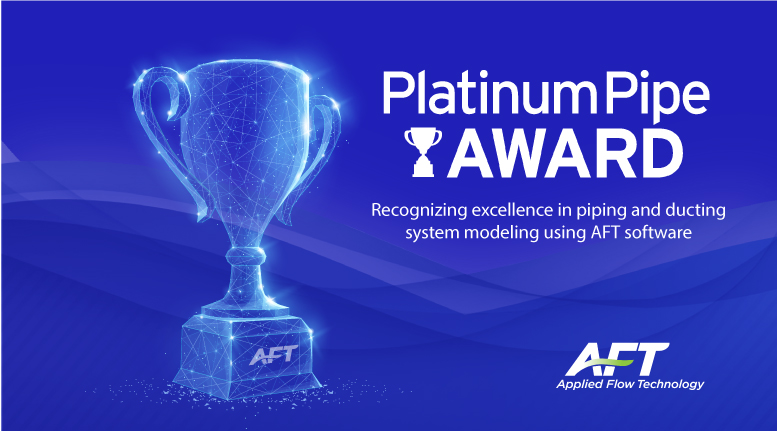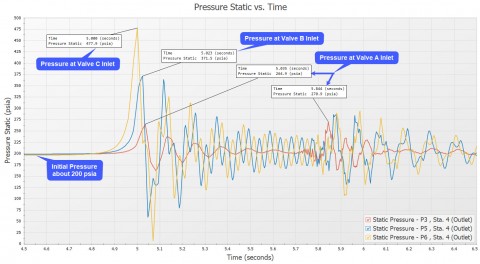AFT Blog
Do you really understand what's happening throughout your chemical processing system? In all applications, but especially with chemical processing, it's important to understand how your system is behaving and to ensure the requirements for the system, including temperature, environmental influences, pressure, flow, etc. are met. AFT addresses pipe ...
You're tasked to perform a transient analysis of a piping system and it would be really helpful if there was a good software tool out there to help you. Well, you've come to the right place because AFT has great solutions! But our first question is, "What kind of transient analysis are you trying to do?" You might s...
In the final "Know Your Pump & System Curves" blog series, I am going to discuss the complexities behind pump vs. system curves for systems with pumps in series and parallel configurations. Multiple pumps in series configurations are relatively straight-forward and will be discussed briefly. Operating pumps in parallel configuration involve a f...
In this blog, we dive further into pump and system curves for complex systems. The examples include demonstrating system curves changing over time and when multiple system curves exist for a single system with multiple pumps in different locations of the system. Let us re-visit the multi-branched system example from the previo...
Many users enjoyed my previous blog, "Know Your Pump & System Curves – Part 1" and greatly anticipated the release of Part 2. I'm going to split Part 2 into two separate blogs: Part 2A Brief discussion on why system curves matterPump & System Curves for multi-branched piping systems§How you can have different system curves for the...
One of the many powerful features in AFT Impulse is the ability to calculate transient forces during a waterhammer/surge event (See "Evaluating Dynamic Loads in Piping Systems Caused by Waterhammer" white paper). The resulting transient forces can be exported into a pipe stress analysis software. Pipe stress analysis care about what the trans...
1. Guarantee the system will work according to design2. Understand complex system interactions3. Ensure design requirements are still met in different operating cases4. Evaluate system dynamics of surge and non-surge related transient operation5. Easily plan for future expansions and system modifications6. Empower clients to better understand their...




